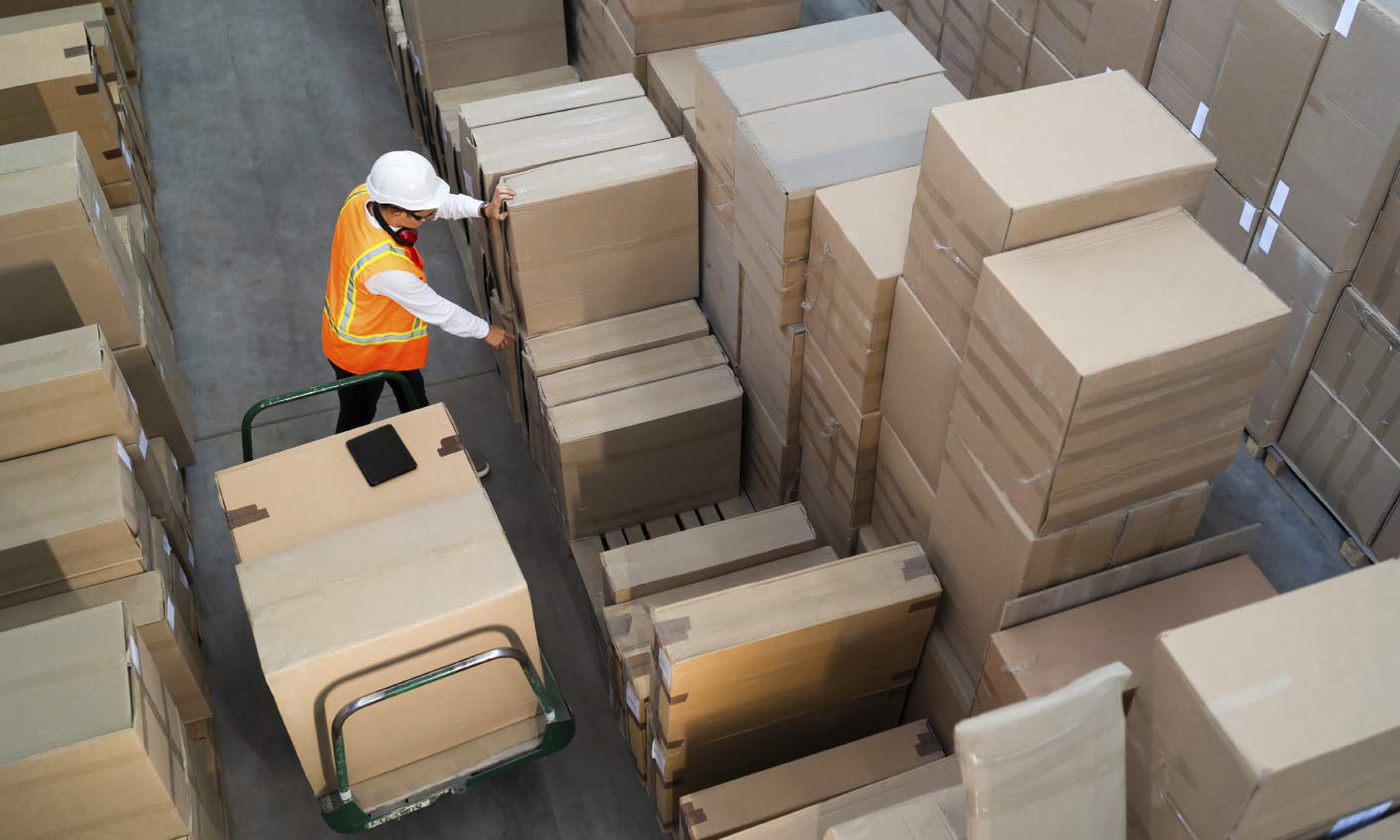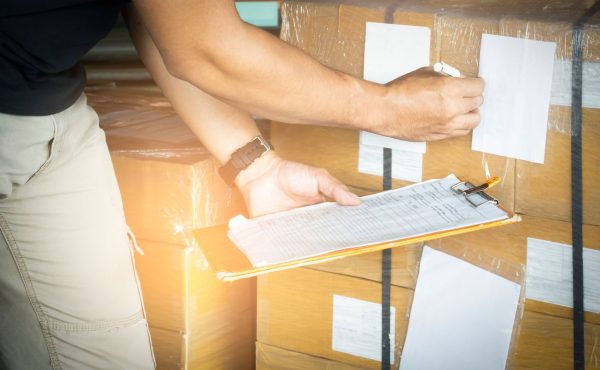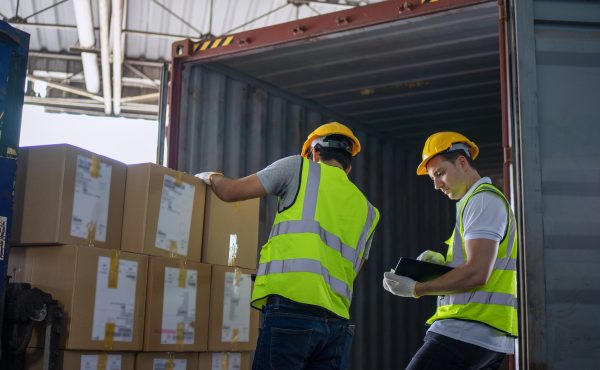How to manage a package in a customs clearance process
International logistics is a fundamental part of global trade. It involves the movement of goods across borders and the management of customs processes. In an increasingly interconnected world, companies are looking to expand their operations internationally, which means shipping and receiving products across different countries and dealing with a range of customs regulations and legal requirements.
Customs clearance plays an important role in this process. It consists of presenting and managing the necessary paperwork and documents to allow the import or export of goods across borders. The main objective of customs clearance is to comply with customs regulations, pay the corresponding duties and taxes, and ensure that the products comply with the legal and safety requirements of the destination country. What are the steps involved in managing a package undergoing customs clearance?
- To be familiar with the required documents: Before starting the customs clearance process, it is essential to know the documents required for importing or exporting the goods. These may vary according to the type of product and the customs regulations of the country of origin and destination. Common documents include commercial invoices, list of contents, transport documents, licenses, or special certificates, among others.
- Hire a customs broker: In many cases, it is advisable to have a customs broker or customs agent to facilitate the process. This professional will be in charge of managing and processing all the necessary documents, as well as acting as a representative before the customs authorities.
- Classify the parcel: All imported or exported products must be classified according to the Harmonized Commodity Description and Coding System of the World Customs Organization. This system assigns a unique code to each product and is used by customs to determine applicable tariffs and regulations. It is important to identify the tariff code corresponding to the package and include it in the documentation.
- Pay the duties and taxes: Depending on the country and type of product, customs duties and other taxes may have to be paid when importing or exporting goods. It is important to check the applicable duties and current tax rates.
- Carrying out monitoring: After submitting the documentation, during the customs clearance process, it is important to constantly track the status of the goods. Traceability allows you to maintain communication with the customs broker to get updates on progress and be aware of any additional requirements or incidents.

How do you get authorization for customs clearance?
At Logisber we specialize in all types of international freight forwarding operations. We manage customs clearance in a personalized, transparent, secure, fast, and effective way to obtain authorization. Regardless of whether your parcel is being processed, if it has been completed, if additional information is needed or if it has been initiated but you do not know the current status, including packages from Amazon, AliExpress and other companies.
Managing a package in customs clearance requires knowledge, diligence, and compliance with customs regulations. If you are planning an international logistics operation contact Logisber now and our team of professionals will help you through the entire process.
Categorías
Compartir









